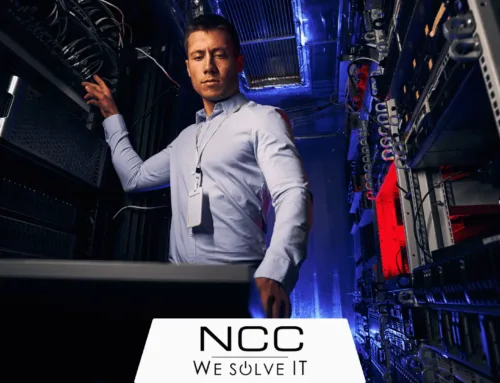How To Future-Proof Your Network With SASE Technology
The demands on digital environments are growing every year. As a result, so are the challenges of network management and security. Secure access service edge (SASE) technology offers a solution: sophisticated network architecture and comprehensive security services working in harmony.
Tailored to address the unique needs of digitally dependent businesses, SASE can enhance network efficiency while fortifying security protocols. This technology not only streamlines network operations but also positions businesses to navigate and succeed in an increasingly complex digital ecosystem.
Understanding SASE technology
SASE reimagines how organizations manage their networks and safeguard data. It unifies networking and security functions, creating a seamless, integrated system designed for the future of distributed networks.
The key components of SASE include a cloud-native network architecture and a comprehensive set of security services. These services encompass features like firewall as a service (FWaaS), secure web gateways (SWG), and zero-trust network access (ZTNA). Together, these elements provide organizations with an agile infrastructure to adapt to changing network demands while ensuring robust security against evolving threats.
Benefits of SASE
Implementing SASE technology has the power to transform the way businesses manage their networks and data security. Among the chief benefits are:
- Enhanced security: SASE seamlessly integrates security services to create a robust security framework offering protection from a wide range of cyberthreats. With SASE, an organization can enforce security policies consistently across the network whether users access resources from the office, remote locations, or the cloud.
- Improved network performance and efficiency: By utilizing intelligent routing and reducing latency, SASE increases the speed and efficiency of data transmission for better network performance. This means faster access to critical applications and resources, which is essential for remote workers and cloud-based operations. Reduced latency also results in an enhanced user experience and improved productivity.
- Scalability and flexibility: Business data demands are constantly in flux. SASE supports this fluidity by offering scalability and flexibility. As an organization grows or its digital needs change, SASE can adapt to accommodate these shifts. From network expansion to new technology integration, SASE enables scalability without major disruptions.

Implementing SASE
Bringing SASE technology into your organization is a strategic move requiring careful planning and execution. To ensure a smooth transition and reap the full benefits of SASE, you need a thorough implementation strategy:
- Assess your current network and needs. Analyze your existing architecture, security vulnerabilities, and demands of your digital ecosystem. Understanding these elements is crucial for tailoring your SASE implementation to meet the organization’s evolving needs.
- Choose a reputable provider. Research and compare managed service providers (MSPs) capable of orchestrating SASE. Prioritize providers who align with your organization’s current and future needs. Evaluate user-friendly interfaces to streamline the implementation and ongoing management process.
- Develop an implementation plan. Create a detailed implementation plan with clear objectives and timelines. Identify key stakeholders, define roles and responsibilities, and allocate the necessary resources and budget. A well-defined plan facilitates a smooth SASE integration while keeping the project on track.
- Provide training for your IT teams. Invest in comprehensive training for your IT team or outsource critical functions to your MSP. Whoever manages your network should be well versed in SASE and its components. Continuously update skills and the scope of work terms to stay aligned with evolving SASE developments.
- Employ a change management strategy. Execute a change management strategy to handle the changes that come with SASE implementation. Communicate upcoming changes, address employee concerns, and actively gather feedback. Use data and metrics to make necessary adjustments for a successful transition.

SASE helps future-proof your network
As businesses navigate the complexities of evolving digital environments, an investment in SASE warrants consideration. Increasingly, it’s a strategic imperative for organizations aiming to stay ahead of cybersecurity threats while supporting a growing ecosystem of digitally dependent devices. Through SASE, companies can cement the security and efficiency of their networks and position themselves for resilience as their digital needs change.
SASE isn’t just about keeping pace with change; it’s about setting the course for a future where network integrity and adaptability are inherent parts of a future-proofed IT infrastructure.
about author
Learn more about omnichannel communication strategies for your company’s virtual workforce at nccdata.com.





